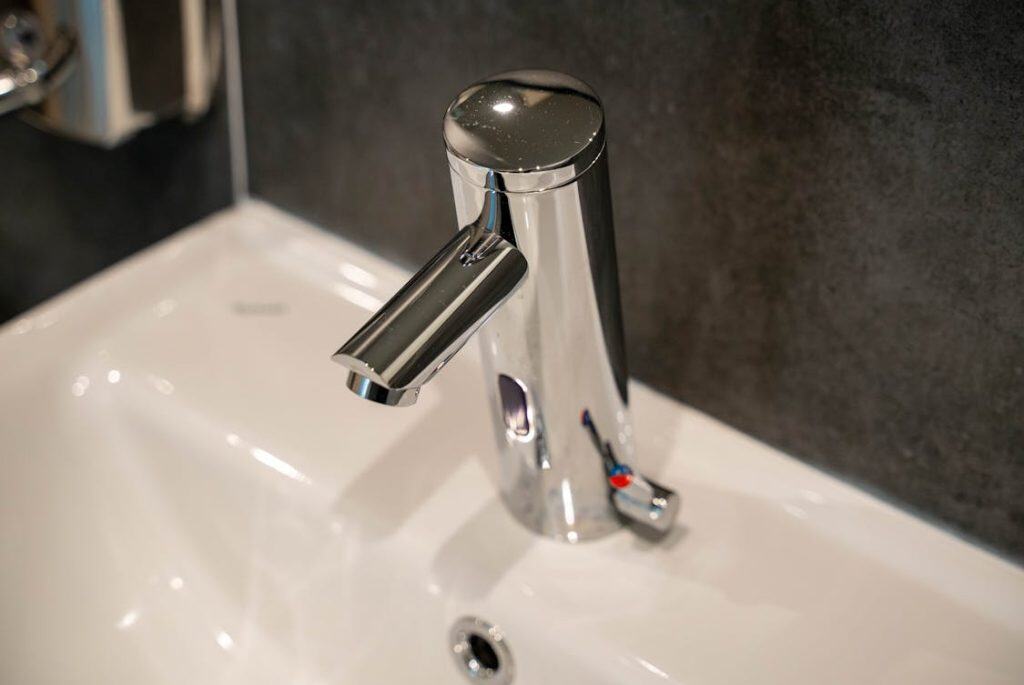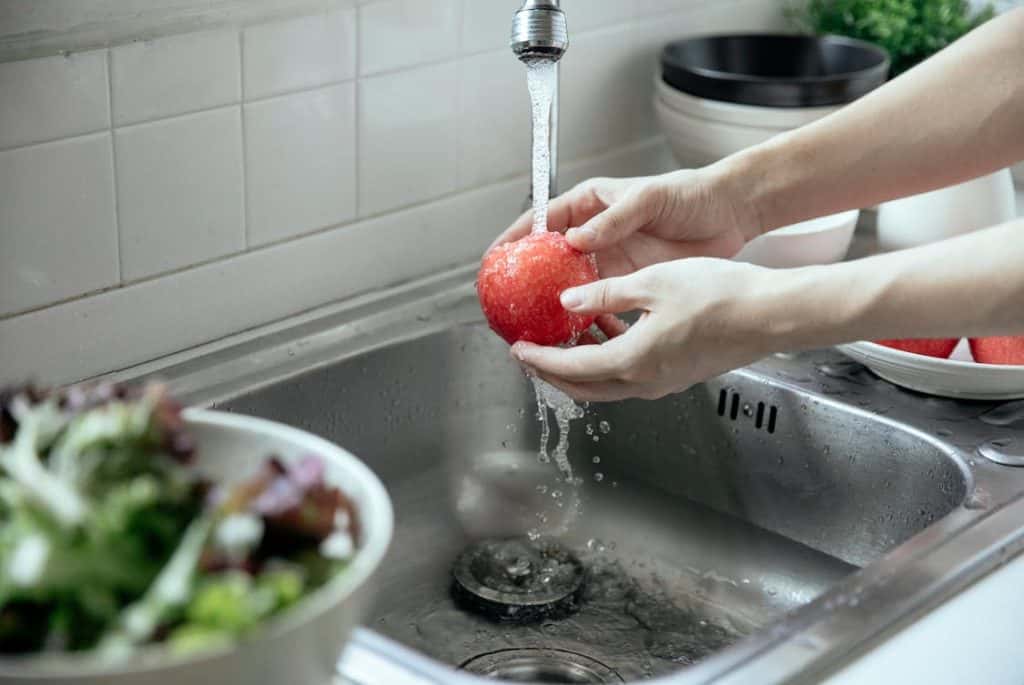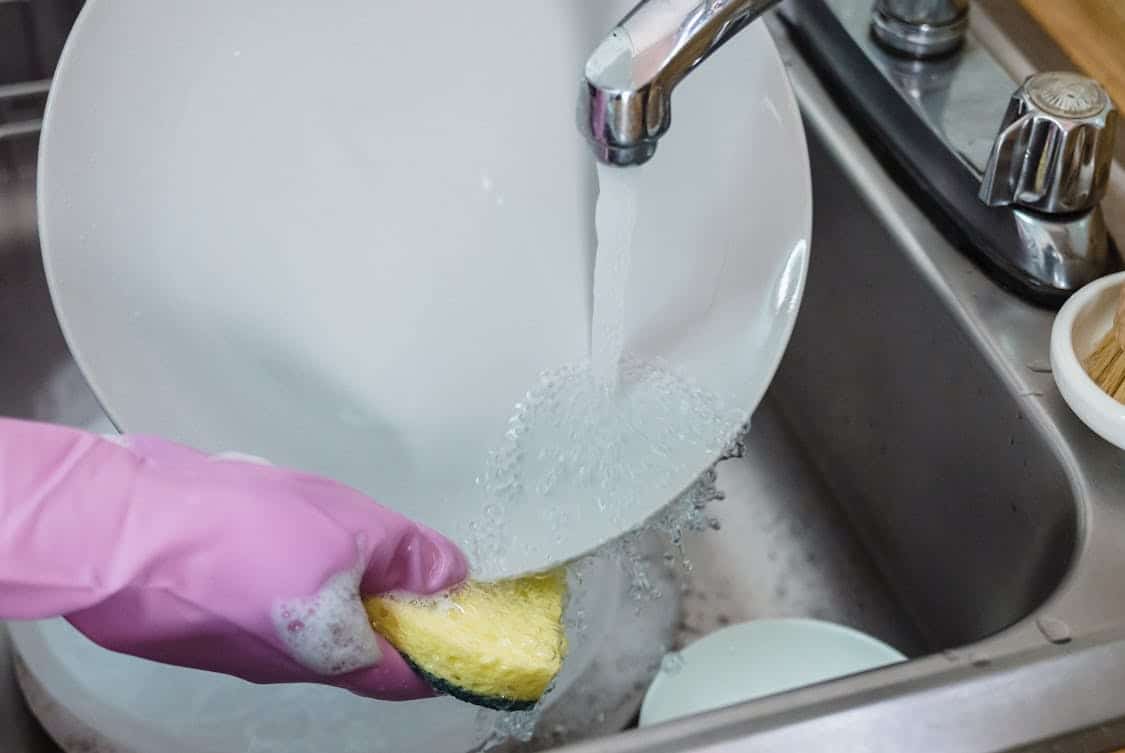Commercial interior design presents a unique challenge, blending aesthetics with functionality to create spaces that meet the needs of businesses and their clients. From offices to retail spaces, every detail counts.
If you’re looking for expert guidance and proven results in this area, consider exploring the portfolio at DadeConstruction.com to see how professionals approach modern commercial interiors.
Here are ten essential tips that can guide you through the process of successful commercial interior design.
1. Understand the Brand Identity
Before diving into any design work, it’s crucial to grasp the essence of the brand that the space is meant to represent. Each business has its own character, values, and mission.
By aligning the design with these elements, you can create a cohesive atmosphere that reflects the brand’s identity.
Incorporating brand colors and logos into the design is a great starting point. This can be as simple as choosing furniture in the company colors or prominently displaying the logo in strategic locations.
The goal is to make the brand feel present and recognizable, even in the smallest details.
Additionally, consider the type of clientele the business aims to attract. A trendy cafe will require a different design approach than a law firm.
Understanding the target audience can help inform choices around layout, furnishings, and décor, ensuring the space appeals to the intended demographic.
2. Prioritize Functionality
While aesthetics play a significant role in design, functionality is equally important. The space should facilitate the activities that will take place within it. This means paying attention to everyday tasks and workflows to ensure that the design complements them.
For offices, consider the layout of workstations, meeting rooms, and communal areas. Open floor plans might foster collaboration, while private offices might be necessary for focused tasks.
The design should promote productivity while also being comfortable for employees.
In retail spaces, the flow of customer traffic is key. Positioning products strategically can guide customers through the store, enhancing their shopping experience.
Clear sightlines and intuitive layouts can help customers find what they need without confusion.
Remember that functionality extends to accessibility. Ensuring that spaces are welcoming to all, including individuals with disabilities, is not just good practice; it’s often required by law.
Incorporating accessible design features can enhance the overall experience for everyone.
3. Choose the Right Colors and Materials
Color and material selection can significantly impact a space’s mood and functionality. Different colors evoke different feelings; warm tones may instill comfort, while cool tones can create a calming atmosphere.
Selecting the right palette can set the emotional tone for the entire environment.
In commercial spaces, durability and maintenance are also crucial. Materials like laminate, vinyl, and certain metals can withstand heavy use and wear. Choosing materials that are both attractive and practical can help maintain the space’s appeal over time.
Textures should not be overlooked, either. Mixing materials—like wood, glass, and textiles—can add depth and interest to a space.
These combinations can also influence the acoustics and comfort level within the environment, affecting how people interact with the space.
4. Plan for Lighting
Proper lighting can transform a commercial space, influencing mood and functionality. A well-thought-out lighting plan considers the natural light available as well as artificial sources.
Daylight can energize a space, while the right artificial lighting can enhance comfort and visibility.
Layering light is essential in commercial interiors. A combination of ambient, task, and accent lighting can create a well-balanced atmosphere.
Ambient lighting provides general illumination, while task lighting focuses on specific areas, such as desks or display cases. Accent lighting can highlight key features, drawing attention to artwork or architectural elements.
Consider the energy efficiency of lighting choices, too. LED options are often more sustainable and cost-effective over time. Incorporating smart lighting systems can also allow for flexibility, adapting the lighting to different needs and times of day.
5. Emphasize Space Planning

Effective space planning is the backbone of successful interior design. It involves strategically arranging furnishings and features to optimize functionality and flow.
Thoughtful space planning can enhance productivity while ensuring that the environment feels open and welcoming.
Start by assessing the available square footage and identifying key areas. This includes workstations, meeting rooms, and relaxation spots. Understanding how employees and clients navigate the space can guide effective arrangements that minimize clutter.
Consider the importance of creating zones within the space. For instance, in an office setting, distinct areas for collaboration, focus, and relaxation can support various work styles. Clear delineation of these zones helps reinforce the intended purposes of each area.
6. Incorporate Technology Thoughtfully
In the modern commercial environment, technology integration has become essential. This includes everything from conference room setups to smart lighting systems.
Thoughtfully incorporating technology can enhance both functionality and the overall user experience.
Start by identifying the tech needs of the space. For offices, this could mean installing reliable audiovisual equipment in meeting rooms or ensuring that all workstations are equipped with the latest devices.
Understanding these needs early in the design process can help avoid costly retrofits later.
Moreover, consider how technology can improve energy efficiency. Smart thermostats, automated lighting, and energy monitoring systems can reduce costs and environmental impact.
Designing with technology in mind can lead to a more sustainable and efficient workspace.
7. Create Flexible Spaces
Flexibility in design is invaluable, especially in commercial environments that may need to adapt to changing needs. Creating multipurpose spaces allows businesses to maximize their square footage while catering to various functions.
Consider modular furniture solutions that can be easily reconfigured. This allows spaces to transform from a meeting area to a social zone based on the day’s needs. By investing in flexible furniture, businesses can save on costs while promoting adaptability.
Moving partitions can also enhance flexibility. These allow areas to be redefined according to current requirements, creating a dynamic environment. This adaptability is essential in today’s fast-paced business world, where the ability to pivot can determine success.
8. Pay Attention to Acoustics
Acoustics can significantly affect the experience within commercial spaces. Poor sound management can lead to distractions, decreased productivity, and an overall uncomfortable environment.
Addressing acoustical concerns during the design phase can lead to a more pleasant atmosphere.
Start by identifying areas where noise may be an issue. In office settings, open layouts can amplify sound, making it difficult for employees to concentrate. Sound-absorbing materials such as carpets, acoustic panels, and ceiling tiles can mitigate these effects.
In public spaces, consider how sound travels and how it can influence customer experiences. Strategically placing soft furnishings or utilizing sound barriers can create a more inviting atmosphere. A thoughtful approach to acoustics can enhance customer satisfaction and employee productivity.
9. Focus on Sustainability
Sustainability isn’t just a trend; it’s a necessity in today’s design landscape. More businesses are recognizing the importance of environmentally friendly practices, and integrating sustainable design elements can enhance a brand’s reputation.
Start by selecting eco-friendly materials and furnishings. Look for suppliers that prioritize sustainable practices, whether it’s through sourcing, manufacturing, or distribution.
Using recycled or reclaimed materials can also add unique character to the space while being kinder to the environment.
Energy-efficient solutions are also vital. Consider design elements that promote natural light and ventilation. These features not only enhance the aesthetic but can also reduce energy consumption, leading to long-term savings.
10. Collaborate with Professionals
While DIY design might be tempting, collaborating with professionals can enhance the outcome significantly. Architects, designers, and other specialists bring valuable insights that can make all the difference. Their expertise can streamline the process and elevate the final result.
Working with experienced designers can help in navigating complex regulations and codes. They can ensure that every aspect of the project meets legal requirements and industry standards, avoiding potential pitfalls. Their guidance is invaluable in creating a safe, functional, and beautiful space.


















